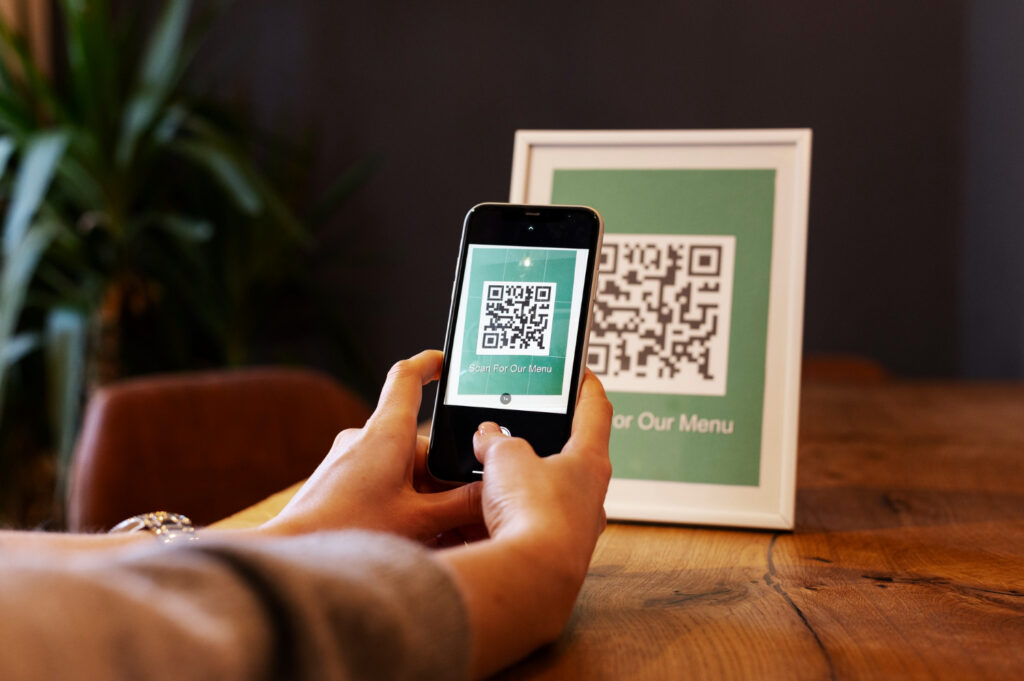QR codes, which stand for Quick Response code, are a type of two-dimensional barcode that can be scanned by smartphones and other devices. They are similar to traditional barcodes you see on products at the store, but QR codes can store much more information.

Here’s a deeper look into QR codes:
- Structure: QR codes consist of black squares arranged in a square grid on a white background. They also include special markers that help scanners orient and decode the code.
- Data Storage: QR codes can encode a variety of data types, including text, URLs, contact information, and even more complex data like product details or Wi-Fi passwords.
- Scanning: Most smartphones have built-in QR code scanners. You can also download third-party QR code scanner apps. Once scanned, the device will interpret the data and take appropriate action, such as opening a website, adding a contact to your address book, or joining a Wi-Fi network.
QR codes are widely used in various applications, including:
- Product marketing: Manufacturers use QR codes to provide consumers with information about products and services.
- Information sharing: Businesses and organizations use QR codes to share contact information, website URLs, or other digital content.
- Ticketing: QR codes are used for event tickets, boarding passes, and other types of access control.
- Payments: Some payment systems use QR codes to facilitate contactless payments.
I hope this comprehensive explanation clarifies what QR codes are and how they work.